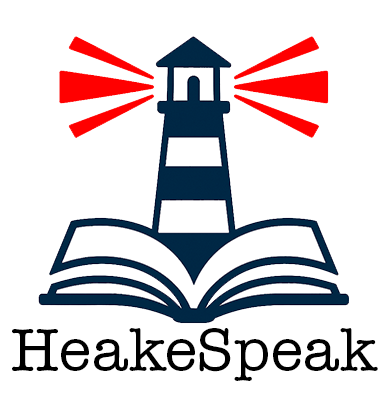AI-Driven Inclusive Disaster Preparedness, Response, and Recovery
Artificial Intelligence (AI) offers powerful tools to transform emergency management into a more equitable, data-informed, and real-time system that truly reaches every community member, including people with disabilities, those with Limited English Proficiency, older adults, and rural populations.
A robust, inclusive, and accessible disaster model can integrate AI across all phases of the disaster cycle:
Preparedness
Risk Identification & Mapping: AI analyzes historical hazard data, climate models, and social vulnerability indices to identify at-risk communities including those often underrepresented in emergency planning.
Accessible Public Education: AI-powered translation and text simplification create plain-language, multilingual, and screen reader friendly preparedness guides.
Community Engagement Forecasting: Predicts where outreach gaps exist so training and resources can be targeted effectively.
Response
Real-Time Hazard Detection: AI-enhanced models detect floods, wildfires, and severe weather earlier, delivering multilingual and accessible alerts.
Rapid Damage Assessment: AI compares pre/post-event satellite and drone imagery to identify likely damage zones, accelerating rescue and relief operations.
Resource Allocation Optimization: AI models recommend the fastest and most equitable distribution of resources, accounting for mobility needs, medical dependencies, and communication barriers.
Recovery
Needs Assessment: AI processes survivor intake data to flag unmet needs, ensuring accessibility services are prioritized.
Recovery Timeline Forecasting: Predicts which communities are likely to experience prolonged recovery and need sustained support.
After-Action Analysis: AI mines incident data to improve future preparedness and reduce inequities in outcomes.
How HeakeSpeak.org Supports This Initiative
HeakeSpeak.org brings a unique combination of technical expertise, accessibility compliance, and community engagement to operationalize AI in disaster management:
Accessibility Analysis & Compliance: Ensuring all AI-powered tools and communications meet WCAG 2.1 and Section 508 standards, with multilingual, multimodal delivery (ASL, captions, plain language, alt text).
Instructional Design & Training: Designing inclusive training programs for emergency managers, responders, and community members on how to use AI tools in preparedness, response, and recovery.
Advanced Technical Communications: Developing clear, accessible messaging for WEA/EAS alerts, dashboards, and public information systems — tested for comprehension in diverse audiences.
Community Resilience & Outreach: Leveraging crowdmapping (Ushahidi-based) to gather community-sourced hazard and needs data, feeding AI models with real-world, hyperlocal insights.
Cross-Sector Collaboration: Partnering with universities, research labs, and state agencies to align AI innovation with inclusive emergency management best practices.
The Vision
By combining AI’s analytical and predictive power with HeakeSpeak’s deep accessibility and community engagement expertise, we can build a disaster model that is:
Proactive – anticipating risks and reaching the most vulnerable first.
Inclusive – communicating in every format, language, and channel people use.
Data-Driven – guiding decision-makers with timely, validated insights.
Scalable – adaptable from local towns to multi-state regions.
